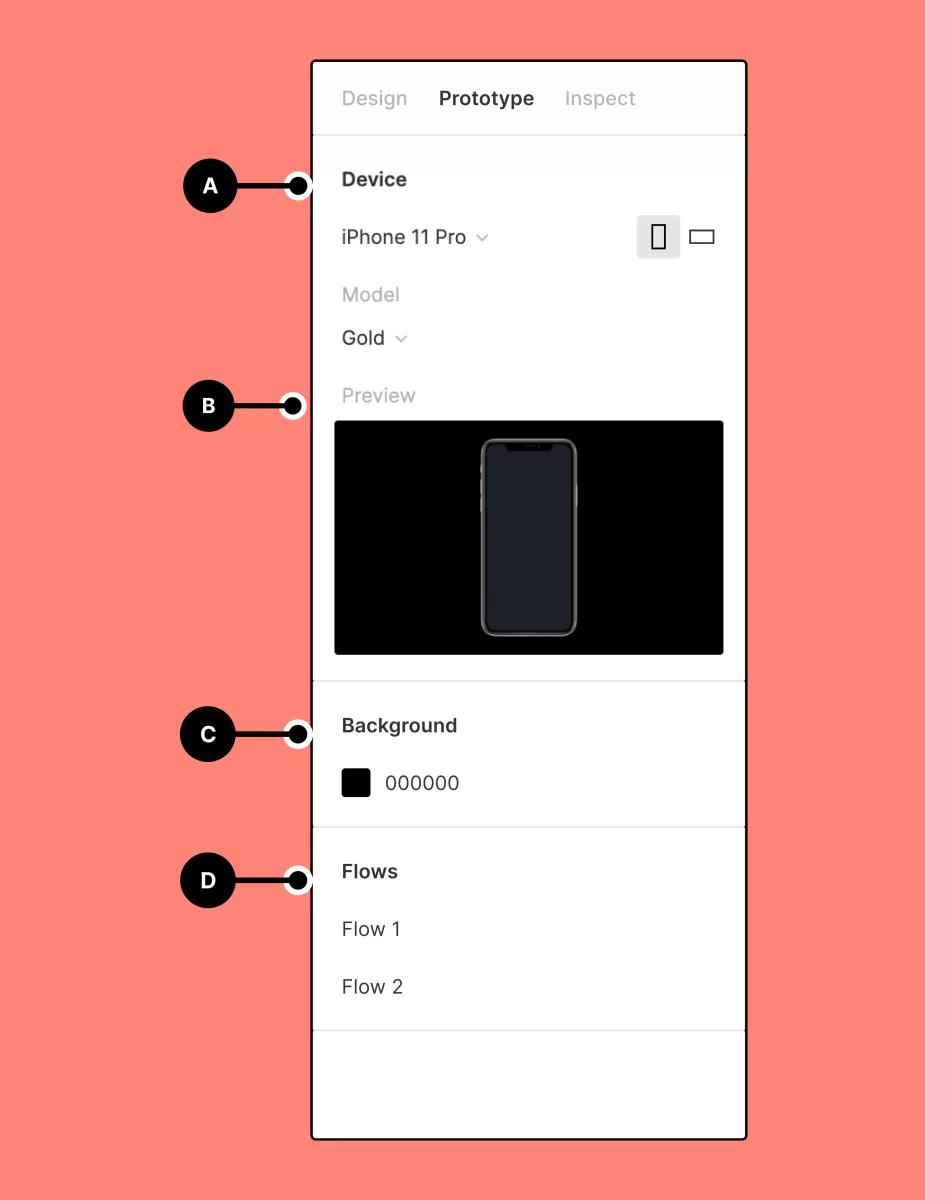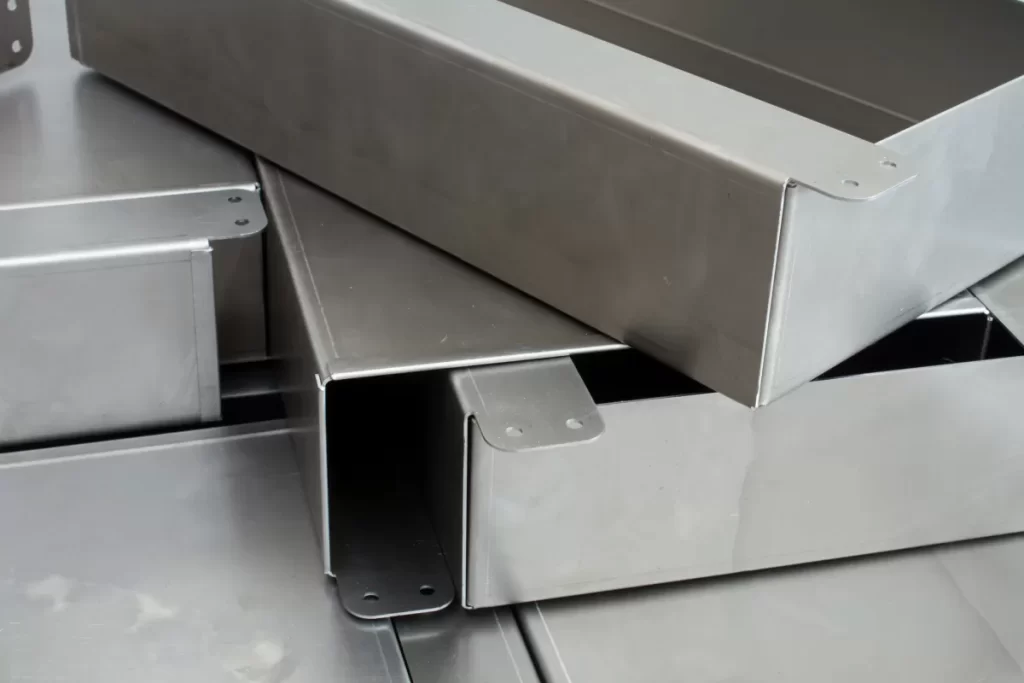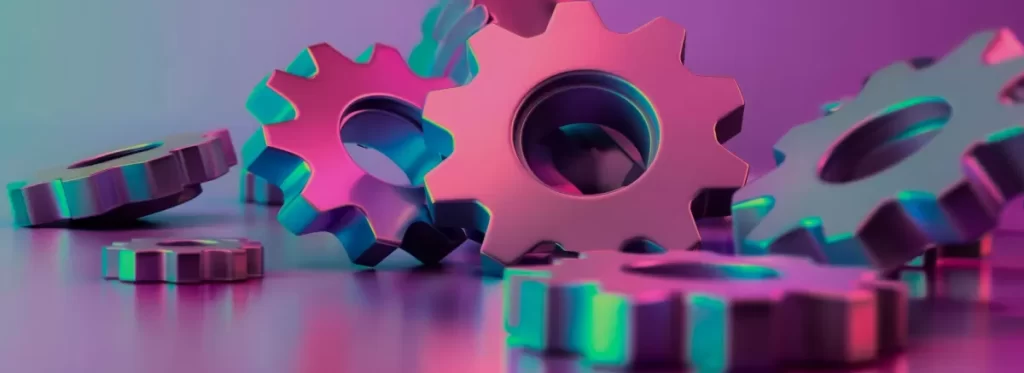Understanding Prototyping What It Is and Why It Matters
Prototyping is a crucial step in turning your ideas into real products. Simply put, a prototype is an early sample or model of a product built to test a concept or process. It helps creators see how their design works in the real world before investing in full production.
Definition of a Prototype
A prototype is a working version of your product idea that can range from simple sketches or low-fidelity models to fully functional high-fidelity versions. It’s a hands-on way to explore design, usability, and functionality so you can make informed decisions.
Benefits of Prototyping
- Catch design flaws early: Fix issues before they become costly.
- Save time and money: Avoid expensive mistakes down the road.
- Improve user feedback: See how real users interact with your design.
- Boost confidence: Validate your concept for investors or partners.
Types of Prototypes
- Low-fidelity prototypes: Rough models like paper sketches or basic 3D prints for initial ideas.
- High-fidelity prototypes: More detailed and functional versions closely resembling the final product.
- Digital prototypes: Virtual models using software to simulate performance and appearance.
The Lucky Find Context
For creators, the prototype is a lucky find—a chance to bring a dream to life with less risk and more insight. With tools like CNC machining and rapid prototyping services, turning concepts into tangible products is faster, smarter, and more accessible than ever. Understanding prototyping gives you a solid foundation to explore your lucky find and make it a market success.
Step-by-Step Guide to Prototyping Your Product

Prototyping starts with clear goals. First, define your goals and requirements—know what problem your product solves and what features it needs. This will keep your development on track.
Next, create a conceptual design. Sketch out your idea, either on paper or digitally. This doesn’t have to be perfect but should give a clear vision of your product.
Then, choose the right prototyping method. Depending on your budget and purpose, decide between low-fidelity options like 3D printing or high-fidelity ones involving CNC machining for prototyping. Each method has pros and cons, so pick what fits your stage best.
Select materials wisely. Use materials that match your final product or allow easy testing. This helps in spotting design flaws early and gets you closer to the real thing.
Partnering with a trusted CNC processing service can speed things up. CNC machining and CNC laser cutting offer precision and speed that many other methods can’t match, making this a go-to choice for hardware prototyping.
After building your prototype, test and iterate. Use feedback from users and test for function and durability. Adjust your design as needed to improve.
Finally, don’t forget to protect your design. Look into patents or trademarks early to secure your invention as you develop.
Following these steps can turn your idea into a solid prototype and bring you closer to a successful product launch.
How HYCNC Can Be Your Lucky Find for Prototyping
When it comes to prototype development, finding a reliable partner can make all the difference. That’s where HYCNC shines. They offer expert CNC machining for prototyping, helping you move from concept to physical model quickly and accurately.
Why Choose HYCNC
- Precision and Quality: HYCNC uses advanced CNC laser cutting and machining technology to deliver high-fidelity prototypes that match your design specs.
- Cost-effective Prototyping: Unlike many rapid prototyping services, they focus on keeping costs down without sacrificing quality.
- Fast Turnaround: Tight deadlines? HYCNC understands time constraints and works efficiently to get your prototype ready when you need it.
Success Story
Many creators have discovered HYCNC as their lucky find. One client, a hardware startup in Texas, needed a quick, affordable prototype for investor presentations. HYCNC provided quality CNC machining results with fast delivery, helping them secure funding without delays. Stories like this highlight HYCNC’s ability to support product design processes for various industries.
Easy Process
Working with HYCNC is straightforward:
- Submit your design files.
- Choose materials aligned with your prototype needs.
- Approve the quote.
- Receive your prototype quickly with clear communication throughout.
Comparison to Alternatives
Compared to other rapid prototyping services or local shops, HYCNC offers:
- More competitive pricing
- Superior CNC service options
- Better customer support focused on your project timeline
For anyone in the US looking for CNC machining for prototyping, HYCNC stands out as a trusted, cost-effective choice.
Common Prototyping Challenges and How to Overcome Them
Prototyping your product can feel overwhelming, especially with some common hurdles. Here’s a quick look at the biggest challenges and how to handle them.
High Costs
Prototyping can get pricey, especially if you’re aiming for high-fidelity models with advanced CNC machining or laser cutting. To keep costs down:
- Start with low-fidelity prototypes to test ideas early
- Use cost-effective materials before moving to final ones
- Partner with a reliable rapid prototyping service that offers competitive pricing like HYCNC
Time Constraints
Getting your prototype done fast is often a must, but rushing can lead to mistakes. Manage your time by:
- Planning each stage clearly
- Choosing CNC service providers who specialize in quick turnaround
- Allowing buffer time for testing and tweaks
Design Errors
Even great ideas run into issues during the prototype phase. Catch design errors early by:
- Doing thorough concept reviews before production
- Using user testing to spot flaws
- Iterating multiple low-cost prototypes before the final build
Lack of Expertise
Not everyone has the skills in CAD, CNC machining, or material selection. You can overcome this by:
- Collaborating with experienced prototyping partners who guide you through the process
- Taking advantage of consultation services that come with CNC machining providers
- Educating yourself on basic prototyping steps through online resources
By tackling these challenges head-on, your product design process stays smooth, and you build better prototypes without breaking the bank or losing time.
Tips for a Winning Prototype
Creating a great prototype doesn’t have to be complicated. Here are some straightforward tips to help you get it right:
Start Simple
Don’t jump straight to a high-fidelity prototype. Begin with a low-fidelity design to test your core ideas. It saves time and money while helping you iron out major issues early.
Involve Your Audience
Get feedback from potential users or customers as early as possible. User testing for prototypes lets you catch problems that might not be obvious to you but matter to your audience.
Iterate Relentlessly
Prototyping is all about trying, testing, and improving. Use each round of feedback to make your product better. The more you iterate, the closer you get to a winning design.
Leverage Technology
Don’t shy away from tools like CNC machining for prototyping or rapid prototyping services. They speed up prototype development and give you a precise, cost-effective way to bring your ideas to life.
Following these tips lets you develop prototypes that work well and resonate with users—crucial for turning any lucky find into a successful product.




